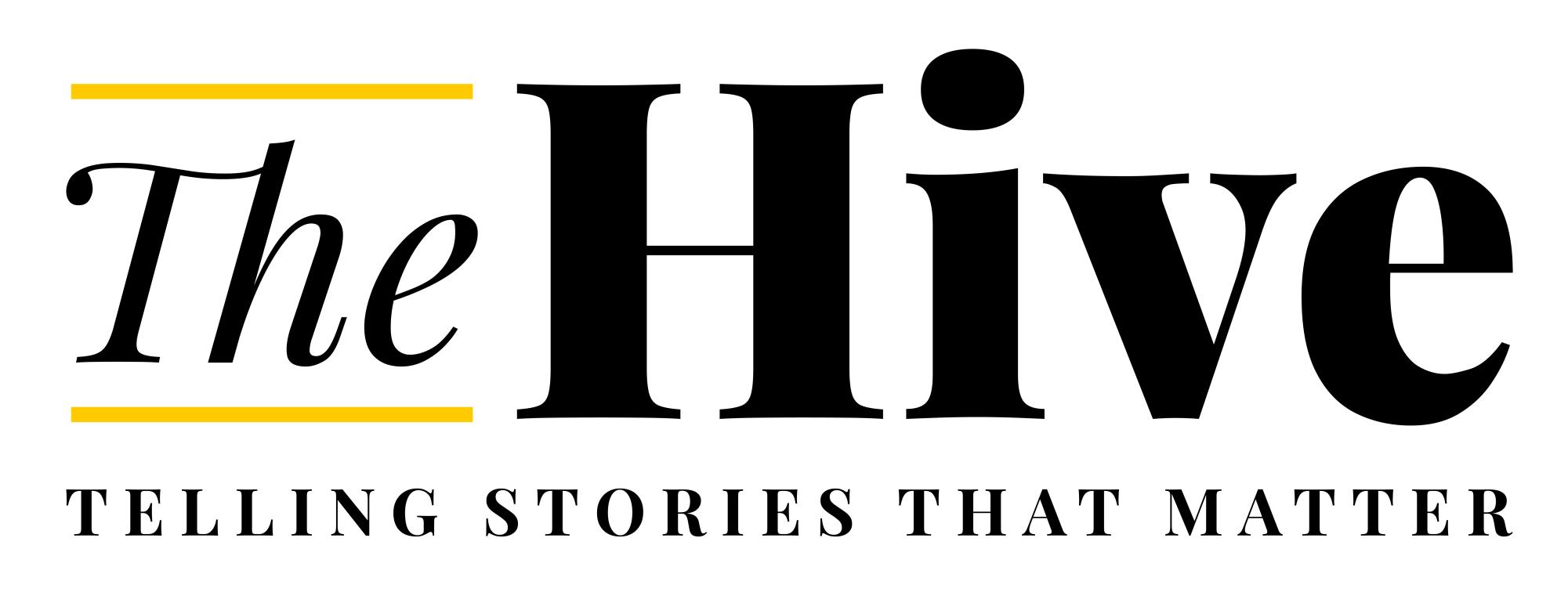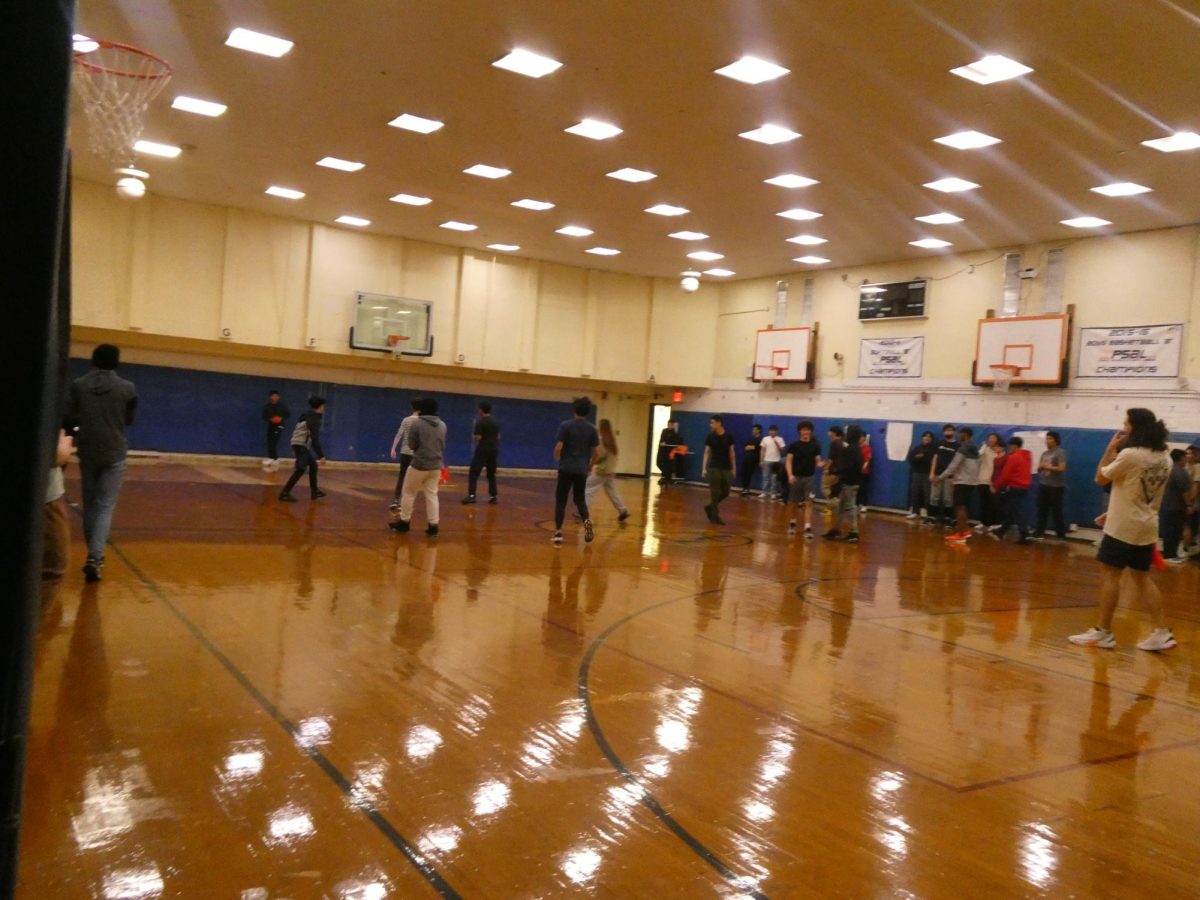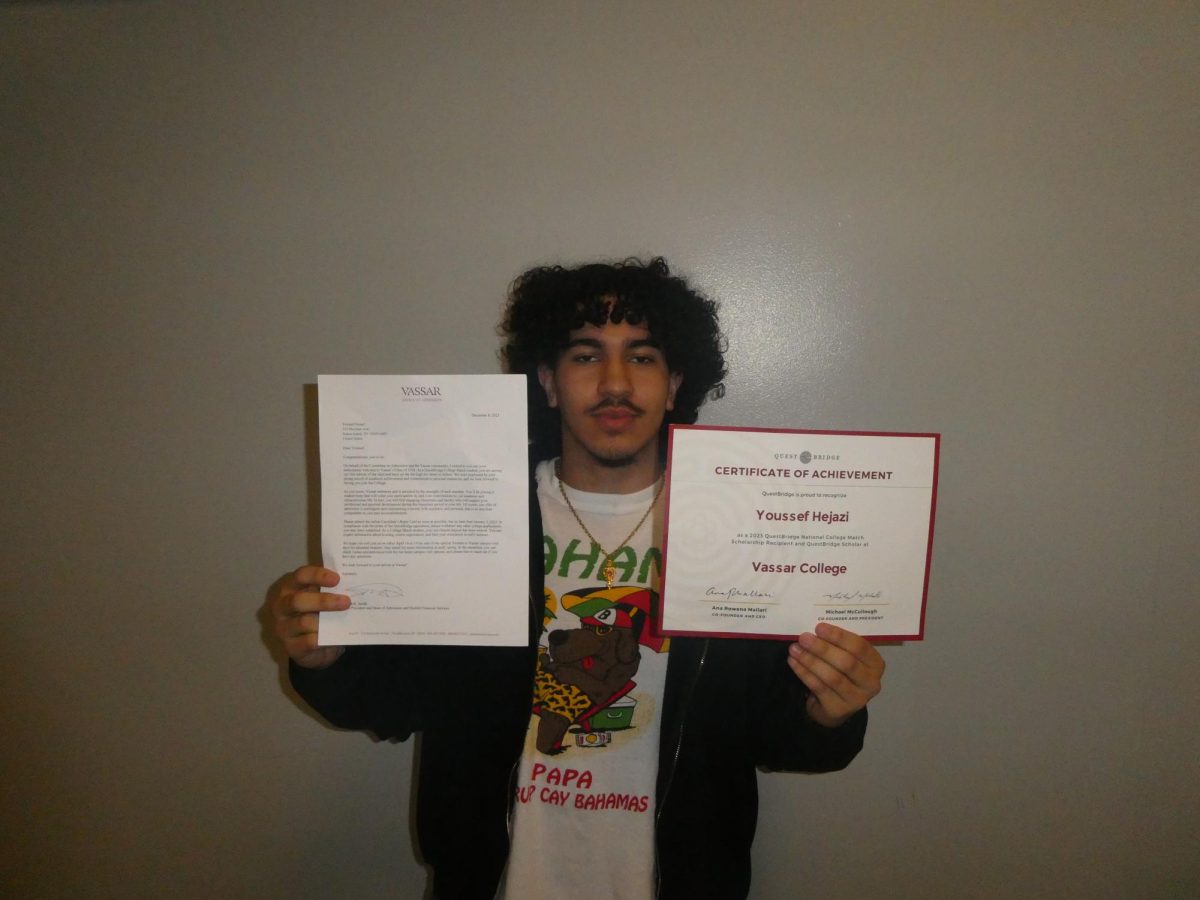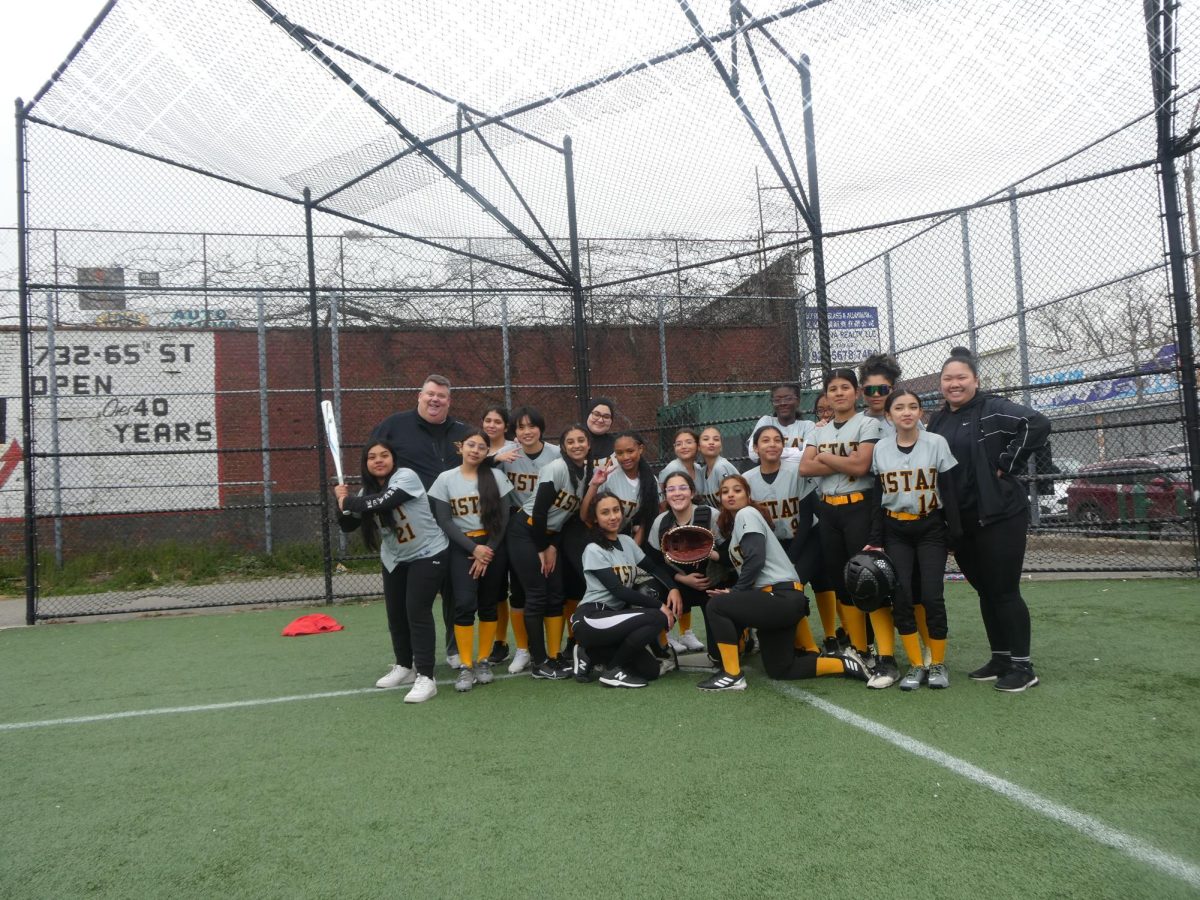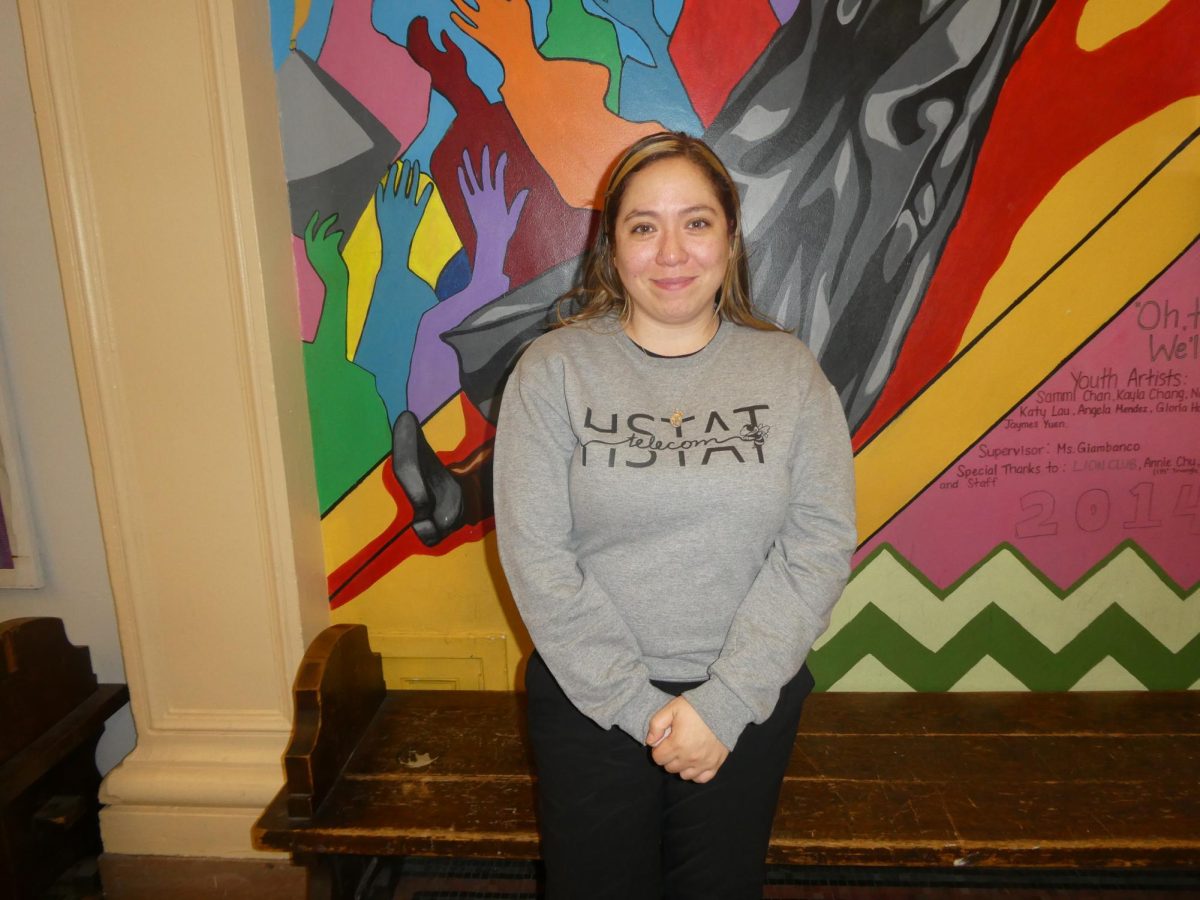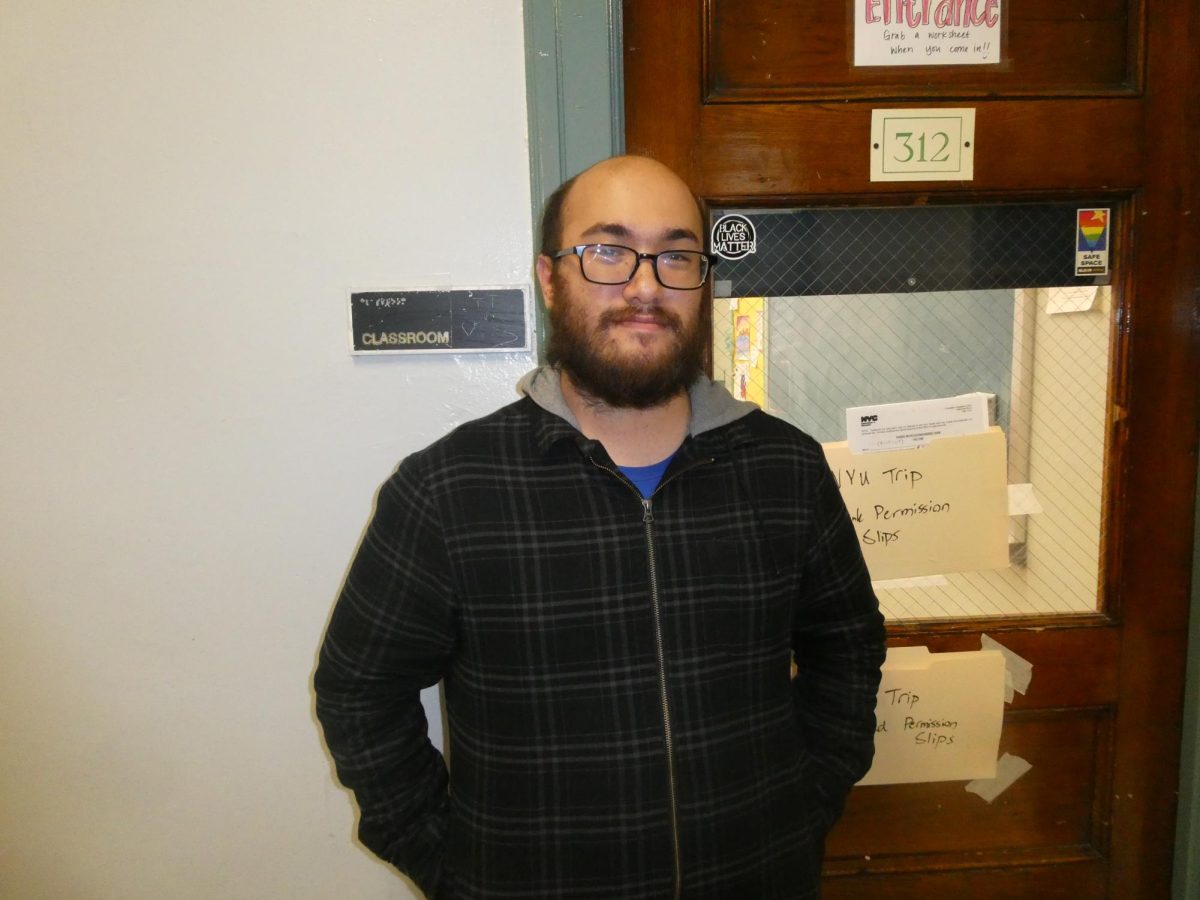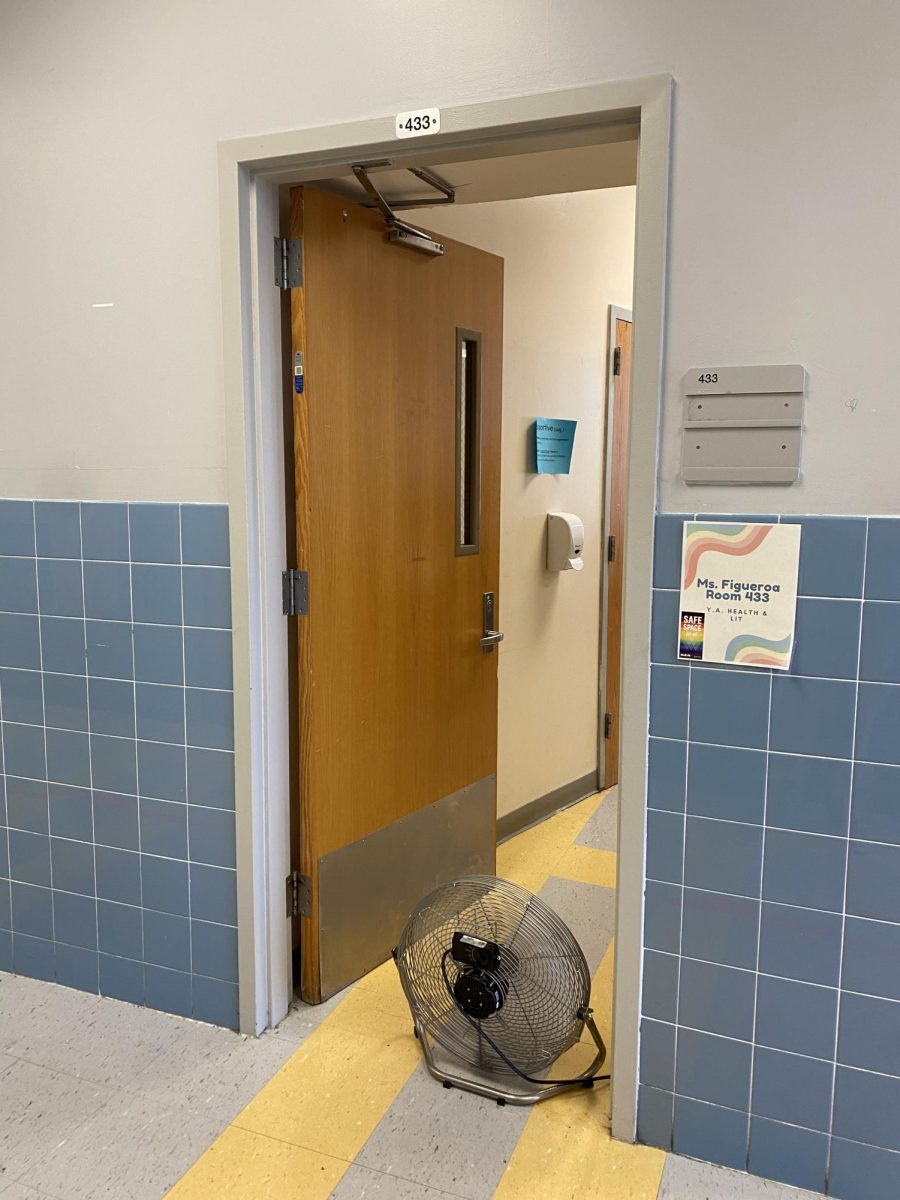I am a biological female. So when I was 13 I got my first period. Now every month for 7 days I get my period, and I will for the next 40 or so years. This is a conversation worth having. It is a necessary conversation.
Many people lack the basic understanding of what a period is.
Menstruation, or period, is normal vaginal bleeding that occurs as part of a woman’s monthly cycle. Every month, your body prepares for pregnancy. If no pregnancy occurs, the uterus, or womb, sheds its lining. The menstrual blood is partly blood and partly tissue from inside the uterus.
The subject of menstruation is viewed as shameful. As a result of this, women are less likely to discuss it, ask questions, and teach others proper hygiene. Women are pressured to remain private about menstruation. This introduces the concern of hygiene poverty. Hygiene poverty can represent an inability to afford hygiene products or a lack of knowledge about hygiene. In relation to menstruation, hygiene poverty is specified as period poverty. Having cost free products would ensure that all women and girls receive the products they need.
People who menstruate do so every month for years. This natural bodily function can get costly. The average woman spends about $20 on feminine hygiene products each month. That seems low cost, however 26 states tax menstrual products as luxuries rather than medical necessities. This is known as the Pink Tax. Additionally, according to a study from The Balance in 2022, on average women spend 13% more for the same products as men simply because it is packaged in a pink, purple, or flowery package.
The average woman in the U.S. menstruates for 51 years of their life. That seemingly insignificant $20 a month results in an estimated $9,000 lifetime cost, according to the American Medical Association.
Cost free feminine hygiene products are achievable when governments and citizens put in adequate work and effort. In 2020, Scotland became the first country to provide access to free menstrual products. Removing the exceptionally high price of these items lessened stigma and lowered period poverty rates. With nearly 22 million women living in poverty in the United States, providing all public restrooms with free sanitary products would benefit not only women of low economic status, but a diverse group of women under a variety of circumstances.
Although many countries have implemented initiatives to lower or eliminate the Pink Tax, hygiene poverty and stigma still exists. Raising awareness and education on menstruation and feminine hygiene through health clinics and classes will move us forward in healthy hygiene conversations and environments. However, until feminine hygiene products are 100% cost free, women will continue to experience economic disparities and limitations in product access.
